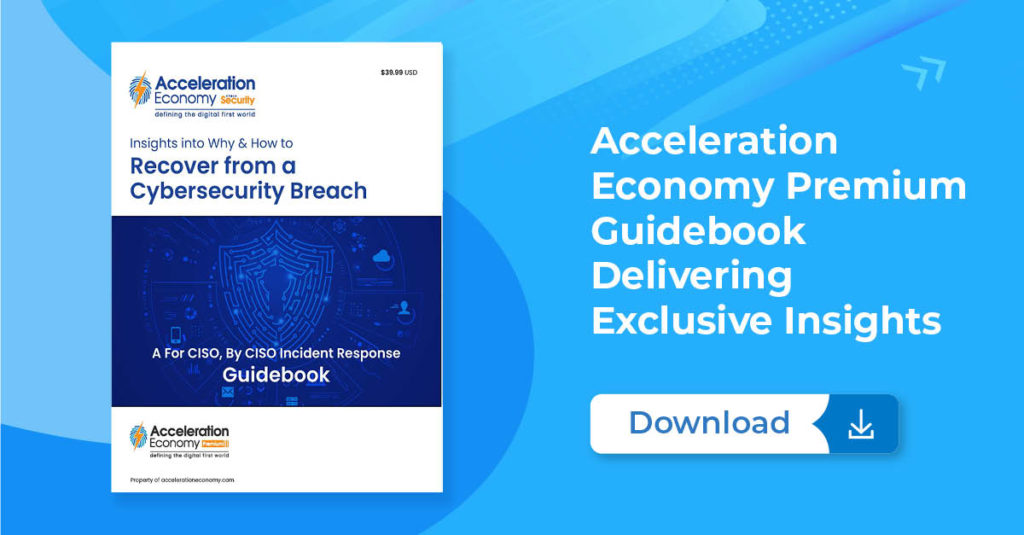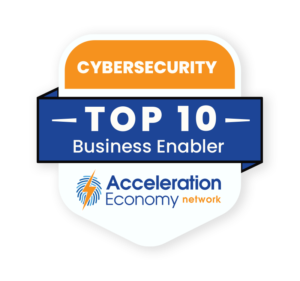Financial software systems must satisfy business requirements that often seem at odds with one another. On the one side, leaders need their services to evolve with the times by introducing new connected digital experiences for their customers. On the other side, the risk associated with opening financial data is high since sensitive personal information such as social security numbers, bank accounts, and credit card numbers can be used to steal identities and conduct malicious activities.
Both stolen credentials for payment processing services and banking account logins are hot commodities for hackers. Such data can be used directly or resold in bulk on the dark web. For example, in 2018, hackers sold over 200 million pieces of personal identifiable information (PII) following a breach of a Chinese hotel chain. Not only does data theft pose a significant threat, but ransomware attacks can be devastating for finance.
As such, the onus is on financial technology (FinTech) providers to ensure that their systems are tamper-proof. Financial institutions must not only arm end-user apps with authentication and authorization functionality, but they must also continually monitor web requests to spot potentially risky activity.
The good news is that these are areas where artificial intelligence(AI) and automation can have a positive impact. Below, we’ll consider five ways that financial systems can utilize AI and automation to reduce risk in their environments and enhance overall cybersecurity. By taking these precautionary measures via cutting-edge technologies, financial institutions can better serve their customers and avoid hefty monetary and reputational losses.
1. Discovering Suspicious Activity
Normally, user behavior will conform to an expected set of patterns. And by analyzing many data points from standard user behaviors, organizations can create a baseline of expected behavior. Then, a machine learning (ML) model can be utilized to detect anomalies that deviate from this baseline.
For example, an AI layer could flag brute-force queries or hazardous strings, which are often clear indications of an attacker performing reconnaissance against a web-based system to discover weaknesses. Placing AI at the perimeter could help detect suspicious behavior early on, before an attacker has had time to do significant damage. Automation could also suspend accounts or API keys while they are being investigated.
2. Automating Vulnerability Detection
Another function in which to utilize automation: vulnerability detection. Most applications now depend on many open-source software packages, which are increasingly prone to software supply chain threats. Tools such as Snyk can run comparisons against a comprehensive database of continually updated exploits. Automated vulnerability scanning can pinpoint zero-day threats as they arise and even approve new patches and update applications automatically.
3. Security Testing and Chaos Engineering
In addition to automating open-source vulnerability detection, there are plenty of other areas in which automated testing can enhance the security posture of financial systems. One can introduce chaos engineering, which aims to test a system against randomness and non-conforming requests. Self-defining infrastructure automation that performs well under stress increases a system’s resilience and helps produce anti-fragile software ecosystems. Having automated security testing can help in many other areas, too, such as code quality testing, container scanning, and software composition analysis.
4. Enhancing Incident Response and Remediation
When an incident occurs, or a vulnerability is discovered, it must be quickly remediated before hackers exploit it in the wild. This is partially why site reliability engineering (SRE) is so focused on decreasing mean-time-to-resolution (MTTR) and improving other triage-related metrics. Interestingly, there are many ways in which DevOps tools can work in tandem to automate the incident response process.
For example, application monitoring tools can send alerts to a group chat like Slack or Teams. Incident response management tools such as Blameless can also automate the triage process by collecting logs related to the affected system and then generating reports. This can ensure engineers have all the information they need to address the issue at hand. Of course, quick patching depends upon having a frictionless deployment pipeline — another area where automation is helpful.
5. Layering Upon Authentication
There are also compelling use cases for AI to augment the authentication and login experience. The traditional username and password combination is proving ineffective at stemming the rising tide of security breaches. So, many institutions have looped in passwordless strategies to add another layer of security to their systems.
One such strategy is using AI to track common login attempts and then catching deviations. For example, automation could be used to spot impossible journeys where the user couldn’t have traversed the distances recorded between login attempts. Or, automation could flag a login attempt performed during out-of-office hours as suspicious and signal a one-time password (OTP) to be sent for further verification.
Securing Financial Services And More With AI, Automation
Above, we’ve covered five key areas where financial services can utilize cybersecurity automation and AI to safeguard their services and comply with data regulations. But these tips are not exclusive to the financial sector — many other organizations conducting business online can benefit from evaluating these strategies to protect their sensitive assets.
It’s also good to note that outside of automation and AI, there are plenty of other best practices to keep in mind that will help build a secure foundation for your digital services. These include using multi-factor authentication (MFA), implementing encryption, establishing cloud-native policies, adopting common cybersecurity frameworks, following the rule of least privilege, and training personnel on proper security practices.
Want more cybersecurity insights? Visit the Cybersecurity channel:










